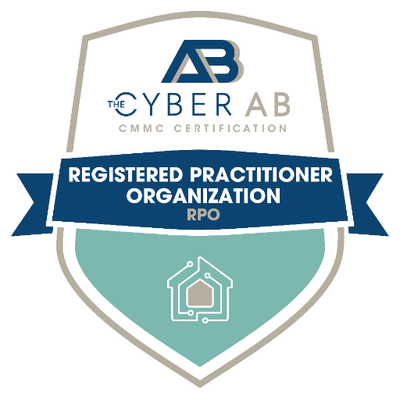What are managed IT services?
Managed services involve outsourcing specific IT tasks and responsibilities to a third-party provider (typically an MSP). Managed services are characterized by proactive monitoring and maintenance aimed at optimizing performance and security by streamlining technology and preventing minor issues from turning into major problems.
What is the difference between managed services and traditional IT support?
Managed services differ from traditional IT services in many ways, but the key difference is that managed services provide proactive and ongoing monitoring, maintenance, and support. A traditional ‘break/fix’ approach typically involves reactive solutions to problems as they arise.
What's the problem with paying hourly for IT management and support?
Hourly pricing creates a fundamental conflict of interest between you and your IT provider: the more problems you have and the longer it takes your provider to resolve things, the more money they make!
What type of businesses need managed IT services?
Managed services are beneficial to businesses of all sizes, especially organizations seeking proactive IT support, enhanced cybersecurity, and highly scalable and cost-effective solutions. Whether you’re a small start-up, a mid-sized company, or a large enterprise, managed services can provide you with tailored solutions to enhance operational efficiency, cybersecurity, and overall IT performance.
What are the key advantages of outsourcing IT services to a managed service provider?
Outsourcing IT services to an MSP offers your business many benefits, including cost efficiencies, access to specialized expertise, and proactive management. When you partner with an MSP, you can focus on core operations, benefit from 24/7 support, and achieve greater scalability and security across your entire IT environment.
What's the difference between managed and co-managed services?
Managed services fully outsource IT functions, while co-managed services involve a collaborative approach where the provider works alongside the in-house IT team, allowing for shared responsibilities and greater flexibility.
How do managed services help businesses achieve cost savings and greater efficiency?
Managed services drive cost savings and efficiency by lowering expenses associated with on-premises IT infrastructure maintenance and providing outsourced expertise, removing the need to hire full-time specialists. Managed services also involve predictable monthly costs, allowing for easy budgeting, scalable solutions for adaptability, and reduced downtime due to proactive monitoring and maintenance.
How is pricing structured for managed IT services?
Managed IT service providers use a subscription model with fixed monthly fees based on service scope, IT infrastructure size, and customization needs. It’s important to note that different IT providers may include varying services in their flat rates, so businesses should review offerings carefully.
How do managed IT service providers manage and monitor IT systems remotely?
Remote Monitoring and Management (RMM) tools to keep an eye on your IT systems 24×7. These tools track performance, detect potential problems early, and allow MSPs to resolve issues without being physically present. It’s a proactive approach that helps reduce downtime by preventing minor problems from turning into major disruptions.
What is the typical response time for resolving IT issues with managed services?
The typical response time for resolving IT issues with managed services varies but is often swift, ranging from a few minutes for minor issues to a few hours for more complex problems. Managed service providers aim for prompt responses, with many offering guaranteed response times in their service level agreements (SLAs).



